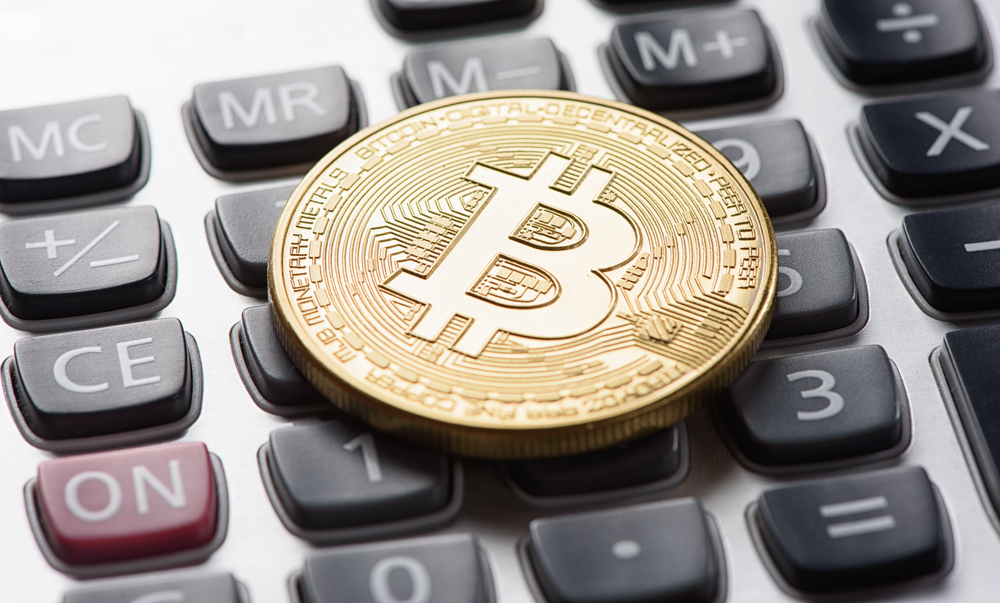As Recommended Fees Go Past $2, Bitcoin Direly Needs a Scaling Solution

Bitcoin needs to scale urgently and the necessity of a scaling solution is being clearly shown on the rapidly rising fee market.
Currently, bitcoin users have to attach a fee of 420 satoshis/byte in order to have transaction confirmed relatively quickly. Since the median transaction size of bitcoin is 226 bytes, the 420 satoshis/byte recommended fee costs users over $2 per transaction. For most transactions, the recommended fee would climb up to $2.14 if users want to see their transactions confirmed faster than others.
A few months ago, until March, the recommended fee for bitcoin transactions was 160 satoshis/byte. In a matter of months, recommended bitcoin fees increased by around three times and the failure to cope with the rising fee market has resulted in many delayed and overturned transactions.
Bitcoin payment service providers and wallet operators such as Xapo and Blockchain have started to adopt better, more efficient and accurate fee estimators. Blockchain has started to use the satoshis/byte metric after many of its users had their transactions delayed for days and eventually had transactions overturned even with Blockchain’s previous recommended fees. Because Blockchain did not take the transaction size into consideration, some transactions weren’t able to be confirmed by miners even with a high fee.
Xapo is also one of the few bitcoin wallet operators and service providers that have adopted an accurate fee estimator. Although it provides users with two selections of low and high fee, a high fee uses Bitcoin Fee’s 420 satoshis/byte recommendation to ensure transactions of users are included in the first block.
Fees for bitcoin have increased exponentially within the past few months. It is $2 at the moment but it could rise to $3, $4 and even up to $5. For users that are sending transactions below $100, the transaction fee of bitcoin would be too expensive and difficult to cope with.
According to Blockchain, the mempool size of bitcoin has significantly increased as well since April. In early last month, the size of the bitcoin mempool averaged around 12 million bytes. In May, the size of the mempool increased by a factor of 10, to 120 million bytes.
The bitcoin mempool holds transactions that are yet to be picked up by the miners. In other words, delayed transactions that haven’t been confirmed by miners are stored in the mempool. Hence, the larger the bitcoin mempool, more transactions are stuck and delayed within the network.
Bitcoin scaling talks have seen progress in the last few weeks. Bitcoin Core developer Eric Lombrozo vowed to help Barry Silbert and the Digital Currency Group to complete its Segregated Witness + 2MB hard fork scaling solution, or Segwit2MB.
The validation of a Bitcoin Core developer is an important asset to the 57 companies involved in the Bitcoin Scaling Agreement. Most of the criticisms toward the Bitcoin Scaling Agreement has been the timeline and the deadline of the activation of Segwit. Although the 57 companies agreed upon a September activation of Segwit, Bitcoin Core developer Greg Maxwell pointed out that Segwit with a new activation threshold can only be proposed after the previous Segwit proposal (BIP 148) expires, which is in November.
The bitcoin community seems positive that scaling will be achieved within 2017. If it doesn’t, bitcoin users will suffer and the fee market will continue to rise, making transactions even more expensive. A $2 fee per transaction is already substantially high for the average bitcoin user.
Featured image from Shutterstock.